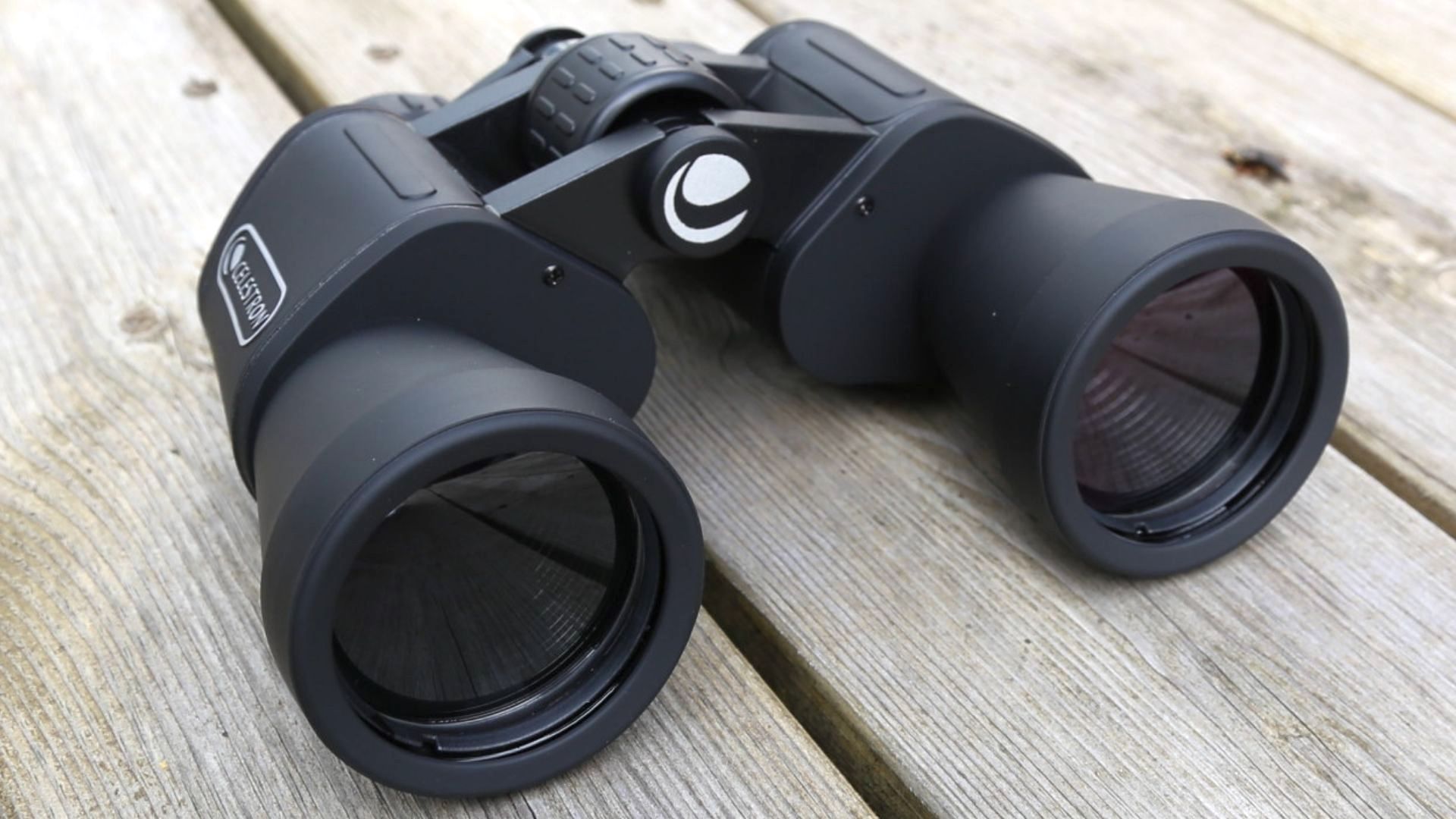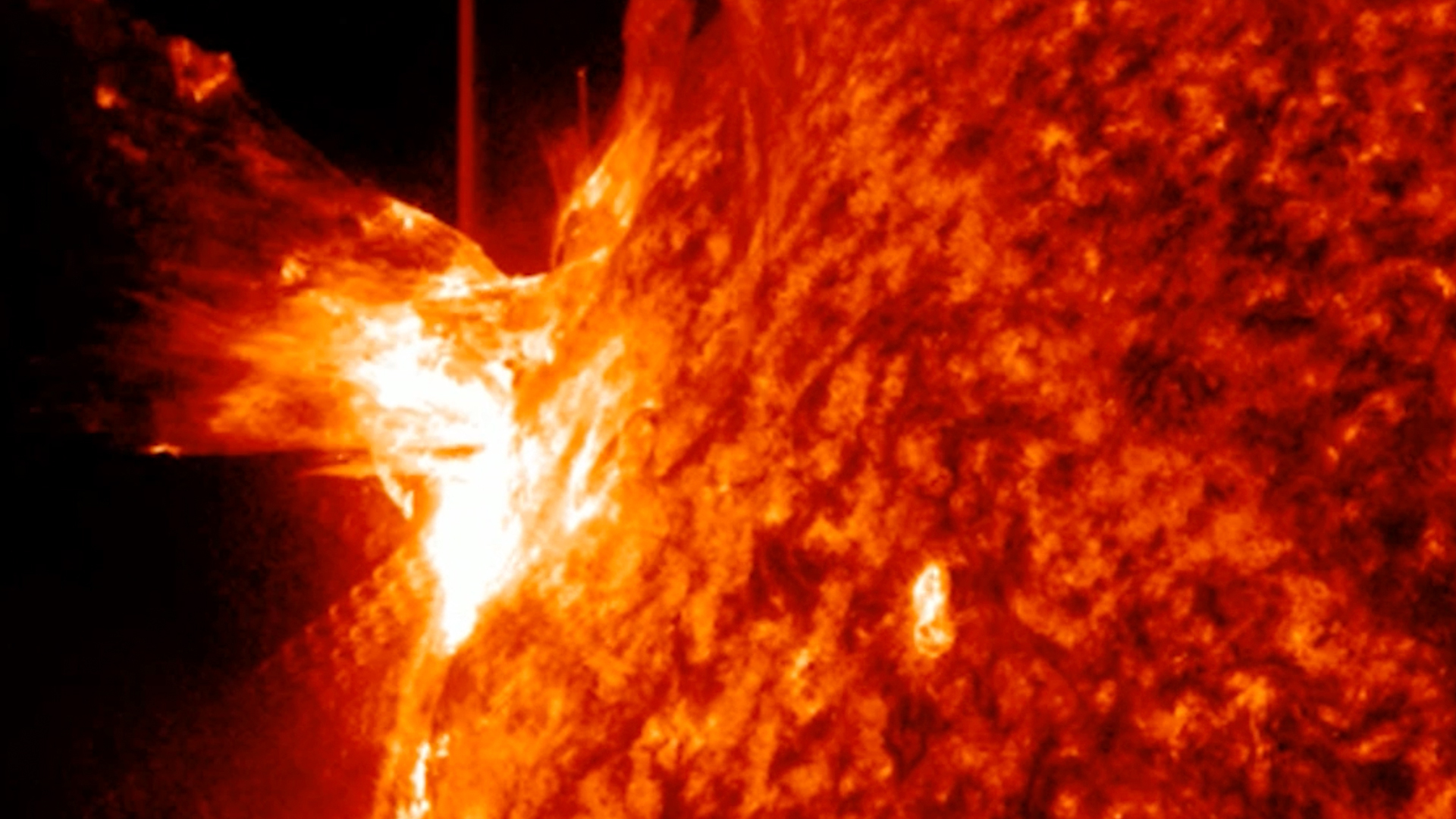Watch comets Lemmon and SWAN make their closest approach to Earth on Oct. 24 (video)
The livestream is scheduled to start at 1:30 p.m. EDT (1730 GMT) on Oct. 24.

Update for Oct. 21: Due to cloudy weather, this livestream was rescheduled for Oct. 24, beginning at 1:30 p.m. EDT (1730 GMT).
Two comets, C/2025 A4 (Lemmon) and C/2025 R2 (SWAN), are about to reach their closest approach to Earth and you can watch the action unfold live online.
Astronomer Gianluca Masi and his Virtual Telescope Project will host a special livestream on Oct. 24 beginning at 1:30 p.m. EDT (1730 GMT) to watch as both comets make a close pass to Earth, making them well placed for observations.
"So far, living in the Northern hemisphere, I could admire C/2025 A6 Lemmon only,
but C/2025 R2 SWAN is quickly joining the show and we are ready to amaze every
astronomy lover with our live feed!" Masi told Space.com in an email.
You can watch the cosmic show live here on Space.com courtesy of the Virtual Telescope Project or on the project's website or YouTube channel, weather permitting.
Rare double-comet encounter
Having two right comets visible in the sky around the same time is a rare cosmic treat. During the event, Comet Lemmon (C/2025 A6) will pass about 56 million miles (90 million kilometers) from Earth, while Comet Swan (C/2025 R2) will soar even closer, at roughly 24 million miles (39 million km). Both are expected to peak in brightness between Oct. 20 and Oct. 21.
Comet C/2025 A6 (Lemmon) was discovered in January 2025 and has been steadily brightening as it soars through the inner solar system. Lemmon is visible in a pair of binoculars or small telescopes in the western evening sky after sunset, slowly climbing higher each night as it moves northward.
Breaking space news, the latest updates on rocket launches, skywatching events and more!

The 10X magnification and sub $50 price tag of the Celestron UpClose G2 10x50 binoculars make them a great, affordable option for stargazers hoping to get a closer look at Comet Lemmon and SWAN as they glow in Earth's sky.
Comet C/2025 R2 (SWAN) was discovered in September 2025 by the Solar and Heliospheric Observatory's SWAN instrument. It is best viewed in the predawn sky, when the comet appears low on the eastern horizon as it continues its journey away from the sun.
If you're hoping to spot the comets yourself, check out our guides to the best binoculars and best telescopes for beginners, as well as our how to photograph comets guide. And don't forget to explore our night sky guide for more celestial highlights this month.
Editor's note: If you capture a photo of Comet Lemmon or Comet SWAN and would like to share it with Space.com, send your images and comments to spacephotos@space.com.

Daisy Dobrijevic joined Space.com in February 2022 having previously worked for our sister publication All About Space magazine as a staff writer. Before joining us, Daisy completed an editorial internship with the BBC Sky at Night Magazine and worked at the National Space Centre in Leicester, U.K., where she enjoyed communicating space science to the public. In 2021, Daisy completed a PhD in plant physiology and also holds a Master's in Environmental Science, she is currently based in Nottingham, U.K. Daisy is passionate about all things space, with a penchant for solar activity and space weather. She has a strong interest in astrotourism and loves nothing more than a good northern lights chase!
You must confirm your public display name before commenting
Please logout and then login again, you will then be prompted to enter your display name.
